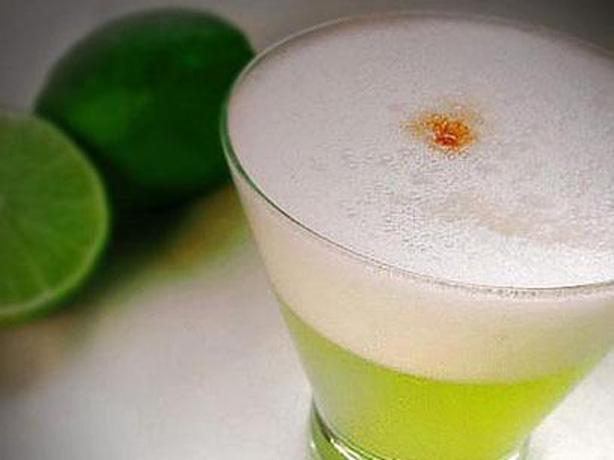Naming cocktails after current events is nothing new, especially in a wonky city like Washington. Whether it’s an election, scandal, debt ceiling, snowstorm or government shutdown, there is always a cocktail commemorating something in D.C.
Two of my favorites in recent years have been the “Binders Full of Women,” a Mitt Romney-themed election tipple from the Mt. Vernon Square bar and restaurant The Passenger, and BLT Steak’s “Gun to a Snowball Fight,” named after the 2009 incident in which a cop in plainclothes pulled a gun during a snowball fight on U Street.
What about naming a cocktail after an international court ruling? This occurred in Peru last month after the International Court of Justice gave Lima economic rights over a slice of Pacific Ocean maritime territory in a 100-year-old dispute with neighboring Chile.
The new elixir, called the La Haya Sour (The Hague Sour) after the Dutch city where the ICJ is based, is a variation on the Pisco Sour, Peru’s national drink. According to Agence France Presse, the cocktail was unveiled on the eve of the country’s Pisco Sour Day.
Peruvians are so crazy about pisco, they have not one, but two national holidays commemorating their flagship spirit: National Pisco Sour Day (the first Saturday in February) and National Pisco Day (the fourth Sunday in July). The official website of the Peruvian government has a link to a site called “Pisco es Perú.”
According to AFP, which interviewed the drink’s creator, bartender Javier Perez, the concoction’s intense blue comes from a dash of Curacao, to “give it the color of the sea.” Says Perez: “It’s a drink that pays tribute to The Hague ruling in favor of Peru and that puts an end to border problems with Chile.”
Naming a pisco drink after Peru’s court victory is a double smack in the face for Chile. Peru and Chile have been fighting for decades over who invented pisco (a grape brandy produced in winemaking regions of Peru and Chile). Both countries also claim the Pisco Sour as their national drink. While it may sound trivial, the debate can become fierce between these neighbors.
There is actually a town named Pisco in both countries, so each can lay international claim to an “appellation of origin,” a direct link between the product and the land. This is similar to France, where Champagne, Bordeaux and Burgundy can only be labeled as such if they’re produced in those specific regions.
The Peruvian city by that name dates back to 1574, while the Chilean town was given its moniker in 1936, when then Chilean president Gabriel González changed the name of La Unión to Pisco Elqui. Many believe the name was only changed in an attempt to steal the Pisco name from Peru.
In 2013, the European Commission ruled that Peru will be recognized as the original home of pisco. The decision established the Peruvian village of Pisco as the geographical origin of the drink and protects the country’s right to claim its provenance in the European market.
The rivalry between these two nations goes back to the War of the Pacific (1879-1883), which pitted Peru and Bolivia against Chile. During the conflict, Chile invaded Peru, occupying the capital, Lima, and delivered a crushing defeat to its Andean enemies. Peru, which lost the territories of Arica and Tacna, fared better than Bolivia, which lost its entire coastline to Chile. Tacna was returned to Peru in 1929.
Some Peruvians say that Chile stole the production of pisco during these years of disputed borders.
“Chile, they try to claim everything from Peru as their own,” says Lowell Haise Contreras, a musician from Villa María del Triunfo, a district of Lima that was on the front lines during the 1881 battle for the capital. “Pisco, ceviche, empanadas. . . . They don’t make anything of their own, so they try to take credit for the great creations of Peru.”
As for me, since I consider Peru my second home, I have to side with the land of Macchu Picchu.
La Haya Sour (The Hague Sour)
1 egg white
3 ounces Peruvian pisco (I prefer Macchu Pisco)
1 ounce lime juice
½ ounce simple syrup
½ ounce blue Curacao
Angostura bitters
In a cocktail shaker filled with ice, combine the first five ingredients. Shake vigorously for 15 seconds, then strain into a cocktail glass. Top with a few drops of bitters. Garnish with a lime.


